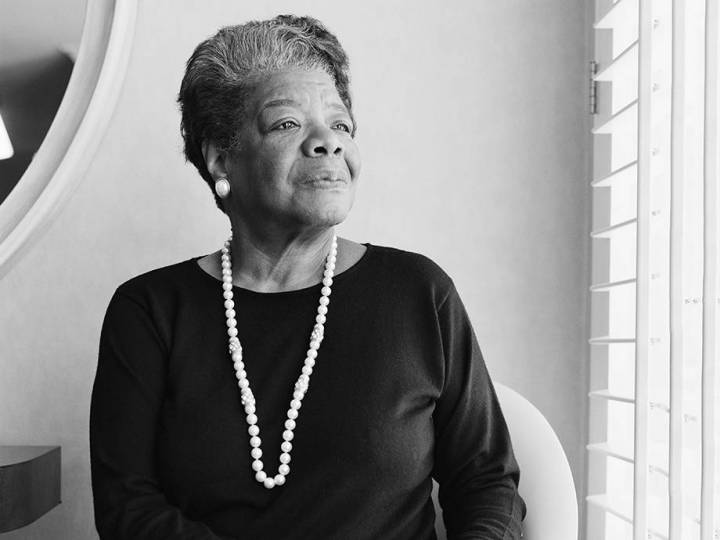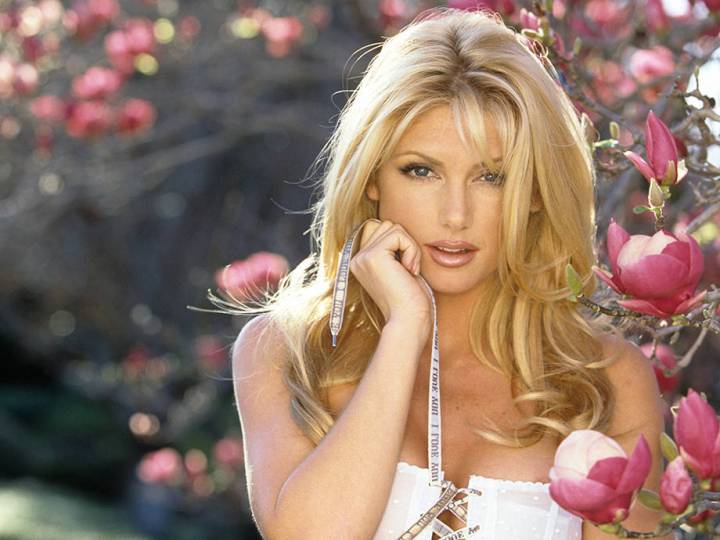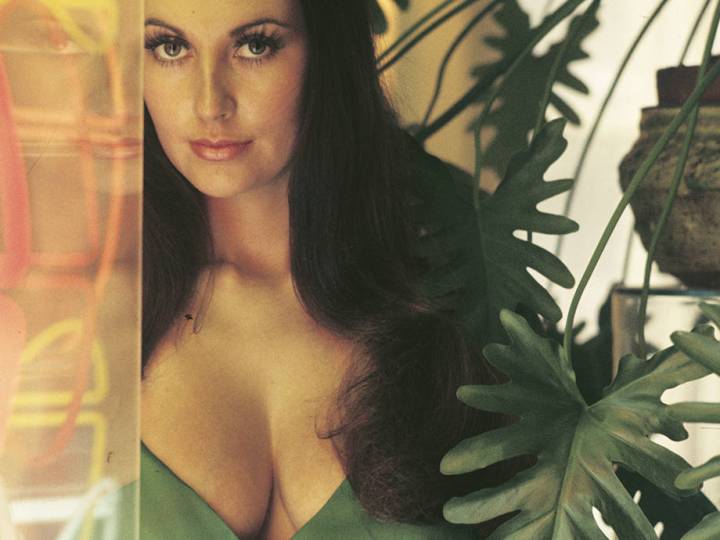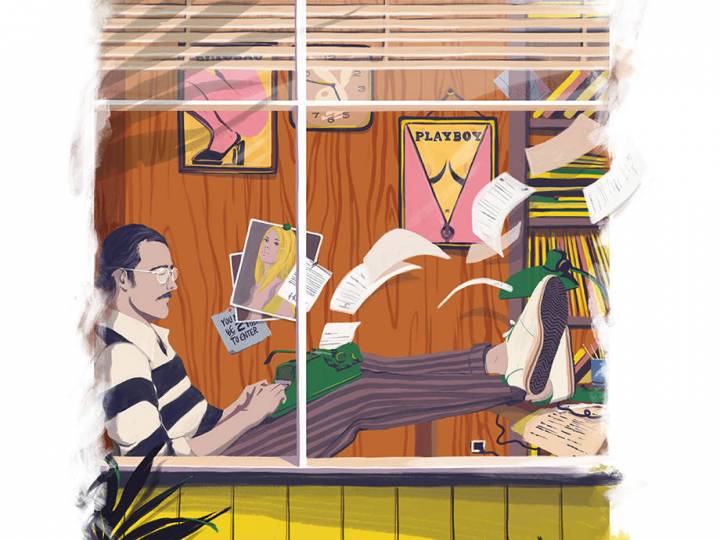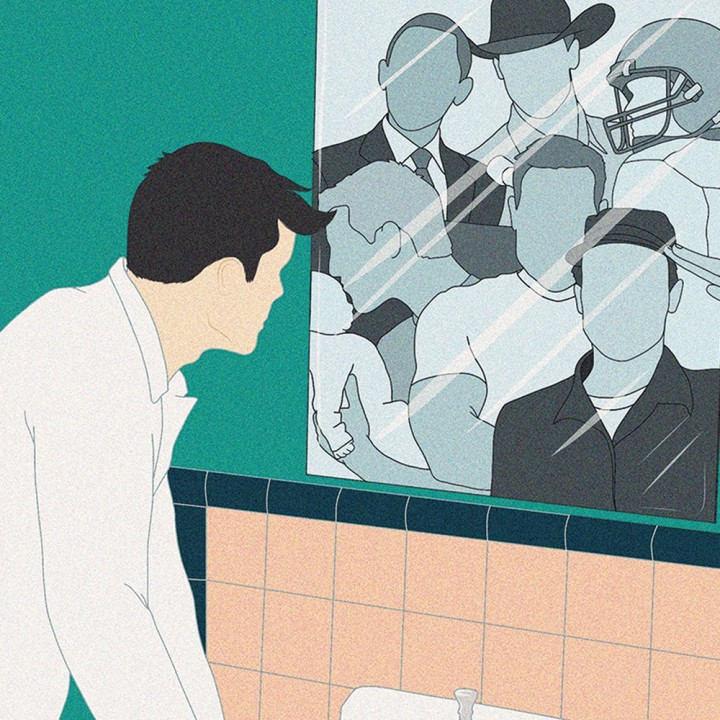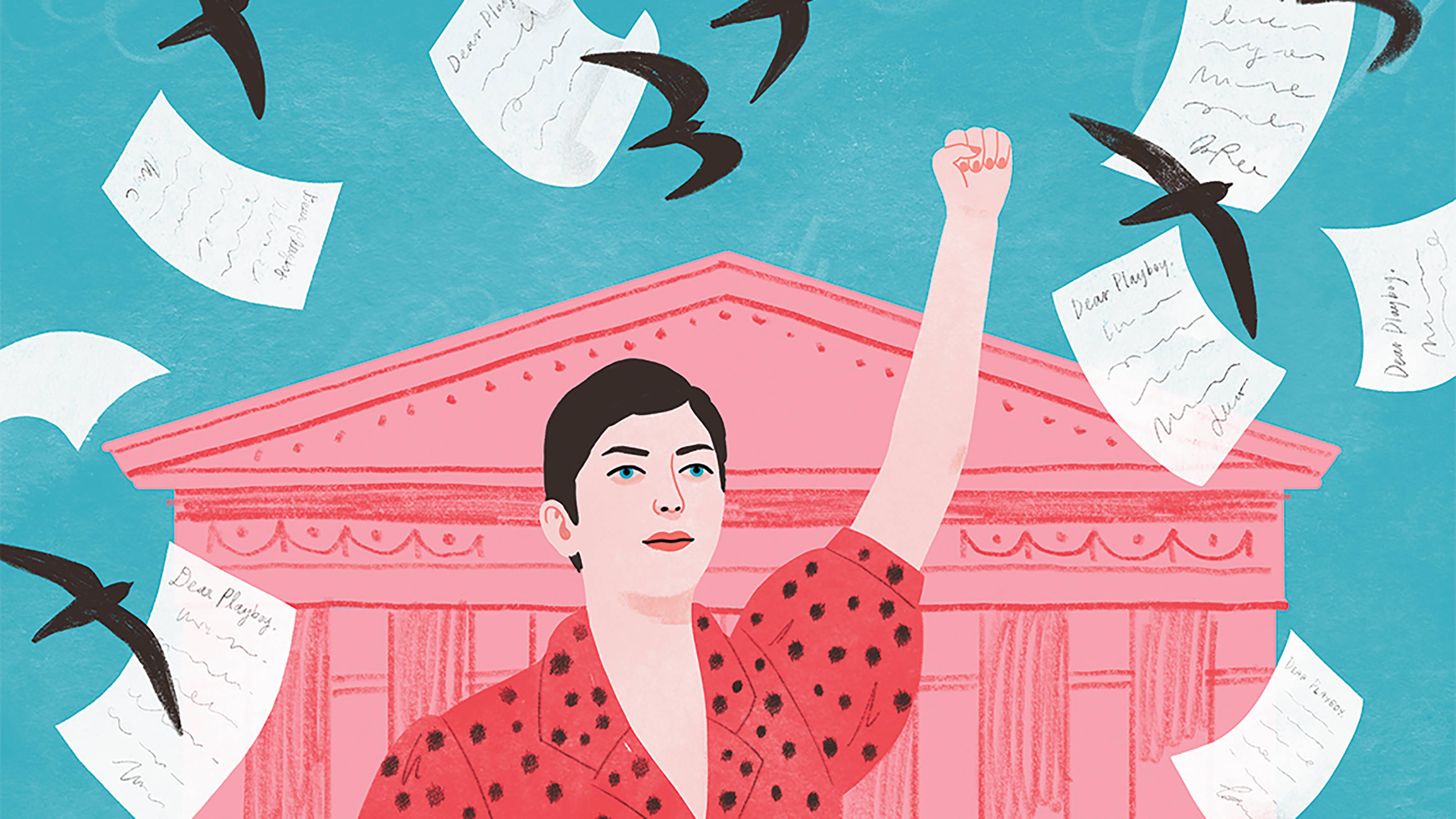
We Won't Go Back
“It’s okay if you think it’s not right for women to have abortions—but it’s not your problem, because we decide.” So said Chelsea Handler in a piece Playboy ran during the white-knuckle summer of 2016. Entitled My Choice, Handler’s story includes characteristically blunt reflections on her personal experience with abortion and makes a case for the durability of Roe v. Wade. “Once you go forward in history,” she wrote, “you don’t go backward.”
America in the 1960s was, by and large, not a safe place for a woman to terminate a pregnancy. In most states, abortion was illegal (with exceptions for cases such as fetal anomaly, extreme natal complication and some instances of rape and incest). Those seeking the procedure had to resort to whatever care they could get, which ranged from sympathetic doctors operating illegally to unqualified individuals performing abortions without training, sterile conditions or necessary resources. In 1965, 17 percent of all deaths related to pregnancy and childbirth occurred due to illegal abortions, according to the National Center for Health Statistics. Abortion was a public health crisis, and Playboy responded accordingly.
Some of the subject’s earliest appearances in the magazine were in Hugh Hefner’s Playboy Philosophy, peppered throughout his voluminous musings on sex and society. In a January 1964 installment Hefner wrote, “Abortion remains illegal in all states of the Union, although it is undergone by hundreds of thousands of women annually, under circumstances that seriously endanger not only their health and welfare, but their very lives.” To combat any misconceptions about who was seeking the procedure, he added that more than half of all illegal abortions were performed on married women. Like it or not, he argued, abortion was a mainstay in married, middle-class American families.
America in the 1960s was, by and large, not a safe place for a woman to terminate a pregnancy.
Perhaps the most meaningful contributions to the conversation came from women, despite the magazine’s overwhelmingly male readership at the time. According to a 2017 article by Sierra Tishgart in The Cut, of the more than 350 letters on abortion published in the magazine between 1963 and 1973, approximately one third were written by women. In a world where decisions about women’s bodies were made overwhelmingly by men, women used our letters section as a global platform from which to speak their truths.
In addition to our editorial coverage, the Playboy Foundation—the charitable-giving organization that supported groups embodying the Playboy Philosophy—began funding the abortion-rights movement in 1966 by providing a grant to the Association for the Study of Abortion, which offered information and strategy advice for other advocacy groups. This continued with financial support of organizations including the National Association for the Repeal of Abortion Laws and the Women’s National Abortion Coalition, as well as those working on a local level in middle-American battlegrounds such as North Dakota, Michigan and Ohio. Playboy also provided funding to the American Civil Liberties Union Women’s Rights Project, whose co-founder Ruth Bader Ginsburg co-authored a 1973 letter to the magazine that cited “the Playboy Foundation’s generous support” while emphasizing the daunting challenges that remained.
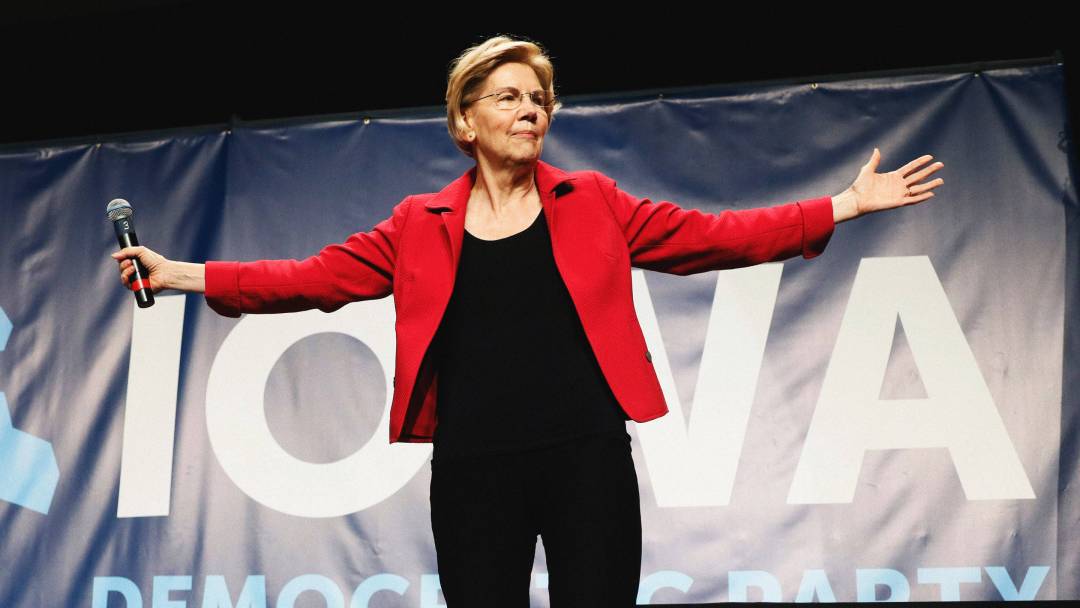
Why the Smart Money Is Now on Liz Warren
After a botched roll-out last year, her campaign is finally hitting its stride
Which brings us to the case that changed it all.
In July 1970, a 22-year-old Floridian named Shirley Wheeler became the first woman in American history to be convicted of manslaughter for having an abortion. The Playboy Foundation provided grants to the Center for Constitutional Rights to help with Wheeler’s defense, as well as to law professor Cyril Means, who filed a brief on her behalf on constitutional issues involved in the case. Ultimately, the Florida Supreme Court overturned her conviction. And an important bond was formed: The foundation later provided Means with the funds to file an amicus curiae brief in support of the Texas court case that eventually led to Roe v. Wade.
The right to privacy was the basis for this landmark case. The plaintiff, then known only as Jane Roe, was a single woman from Texas who wanted to end her pregnancy in one of the many states that permitted abortion only when the woman’s life was in danger. In a 7-2 decision, handed down in January 1973, the Supreme Court ruled that the constitutional right to privacy “is broad enough to encompass a woman’s decision whether or not to terminate her pregnancy.” Most of the existing state laws on abortion were rendered unconstitutional.
With that victory, Playboy’s abortion coverage ebbed over the next three decades—with the notable exception of in-depth coverage of antiabortion terrorism in the 1990s. But a creeping post-Obama conservatism, plus increasing challenges to abortion on state and federal levels, meant a new wave of engagement. Handler’s 2016 piece broke the news that the author had chosen to have not one but two abortions at the age of 16—a revelation that went viral and demonstrated the issue’s continuing volatility. Two years later, on the other side of Donald Trump’s ascension to the White House, then outgoing president of Planned Parenthood Cecile Richards sat for the Playboy Interview. The tenor of that May/June 2018 installment echoed that of our coverage from the 1960s and early 1970s. Richards stressed the need for everyone, men included, to stay vigilant in the fight for reproductive rights—a battle cry that became even more urgent with the confirmation of Brett Kavanaugh to the Supreme Court in the fall of last year. “If we believe in progress and in taking away barriers,” Richards said, “there’s always going to be a next fight.”


